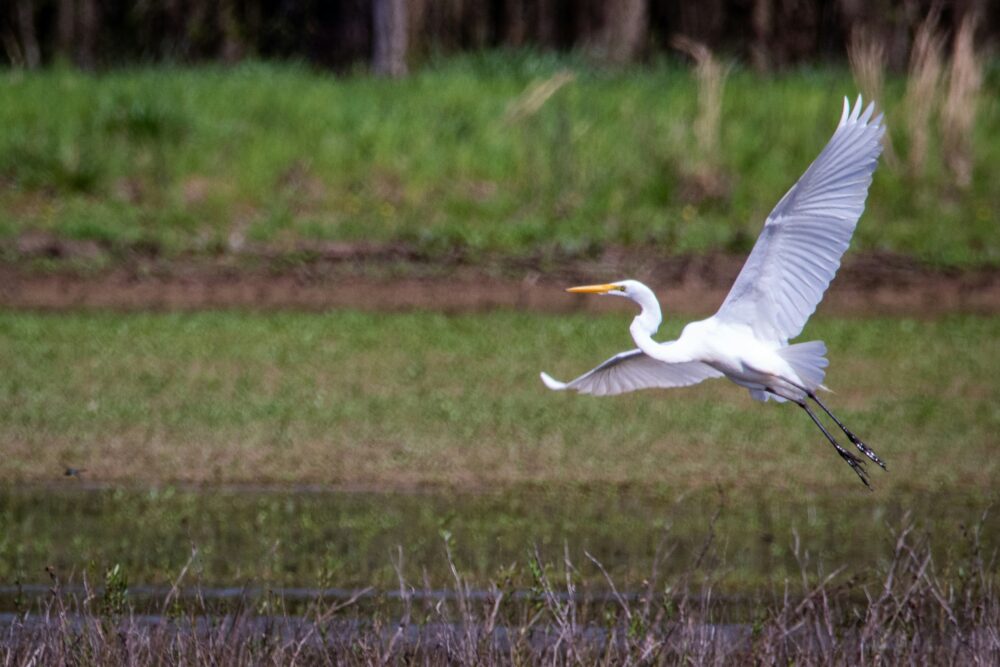The Mississippi River touches 10 states along its 2,300-mile-long path and drains an area encompassing all or parts of 31 states and two Canadian provinces. Nearly 20 million people rely … Read more
South Central
NWF’s South Central Regional Center encompasses 12 states along the Gulf Coast and stretches into the Midwest. Priority programs focus on protecting and restoring healthy rivers and estuaries, conserving wetlands, protecting wildlife habitats, and connecting people with the natural world.

Earth Tomorrow Houston Leadership Campout Builds on EJ Principles
Last year, Earth Tomorrow relaunched in Houston with its Summer Institute, a week-long summer intensive program for students to expand their knowledge on local environmental issues, build personal skills, and … Read more

Resilient Galveston Island
Galveston Island is no stranger to extreme weather events. From the Great Storm of 1900, which still holds the record for the deadliest storm in the U.S., to Hurricane Ike … Read more

Academics Afield: Arming Students with Safe Hunting Practices
Hunting is integral in wildlife conservation—from connecting people with nature to managing animal populations—and since 1936, the National Wildlife Federation (NWF) has been a driving force that supports hunting and … Read more

Unraveling the Monarch Mysteries of Deep South Texas
Deep South Texas is nestled along the mighty Rio Grande River that leads to the sandy shores of South Padre Island. Deep South Texas, also known as the Lower Rio … Read more

Longleaf for All’s Prescribed Fire Workshop
In the heart of Southeast Georgia, nestled within the vast expanse of longleaf pine forests, lies the Willie Hodges Estate Family Farm—a testament to the harmonious balance between economic prosperity … Read more

Restoring Longleaf Pine in the Hoke Community Forest
In the North Carolina Sandhills stands Hoke Community Forest, over 500 acres of protected forest land belongs to the citizens of Hoke County. This forest has historically sat idle and … Read more

National Wildlife Federation Introduces New Southeast Forestry Internship Program
The National Wildlife Federation’s (NWF) Southeast Forestry Outreach Internship program is committed to cultivating the next generation of conservationists and professionals in the fields of forestry, prescribed fire, and conservation. … Read more

Celebrating Restoration in the heart of America’s Everglades
We are celebrating major milestones for Everglades restoration, including securing record investments for restoration and seeing projects decades in the making coming online. In the heart of America’s Everglades, for example, construction … Read more

Shaping Tomorrow: Creating Opportunities to Secure Black Land Legacy
Private Lands in the Southeast Owning land is considered one of the most valuable tools for wealth creation and a tool for the transfer of wealth from generation to generation. … Read more


